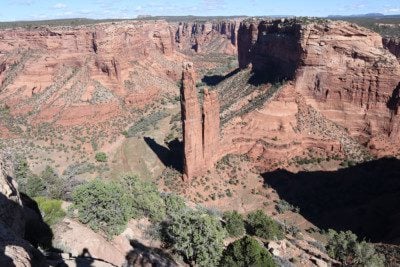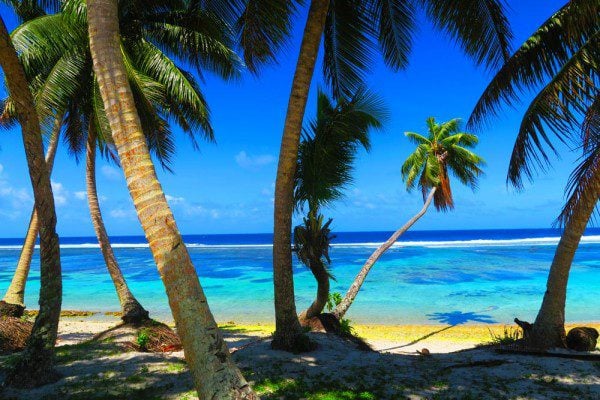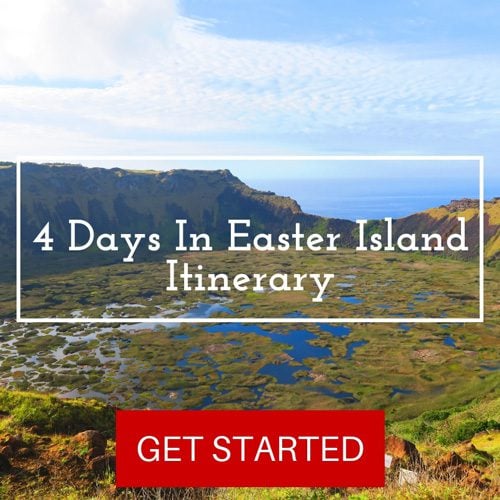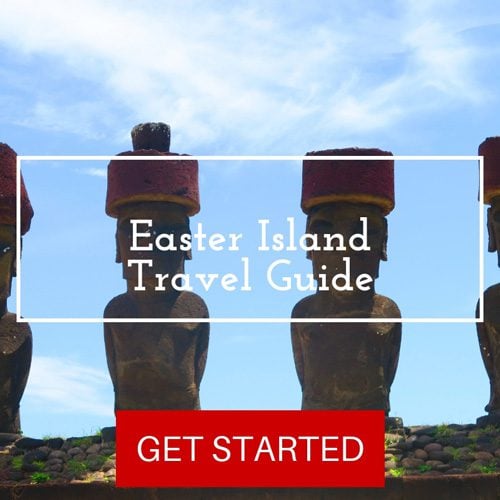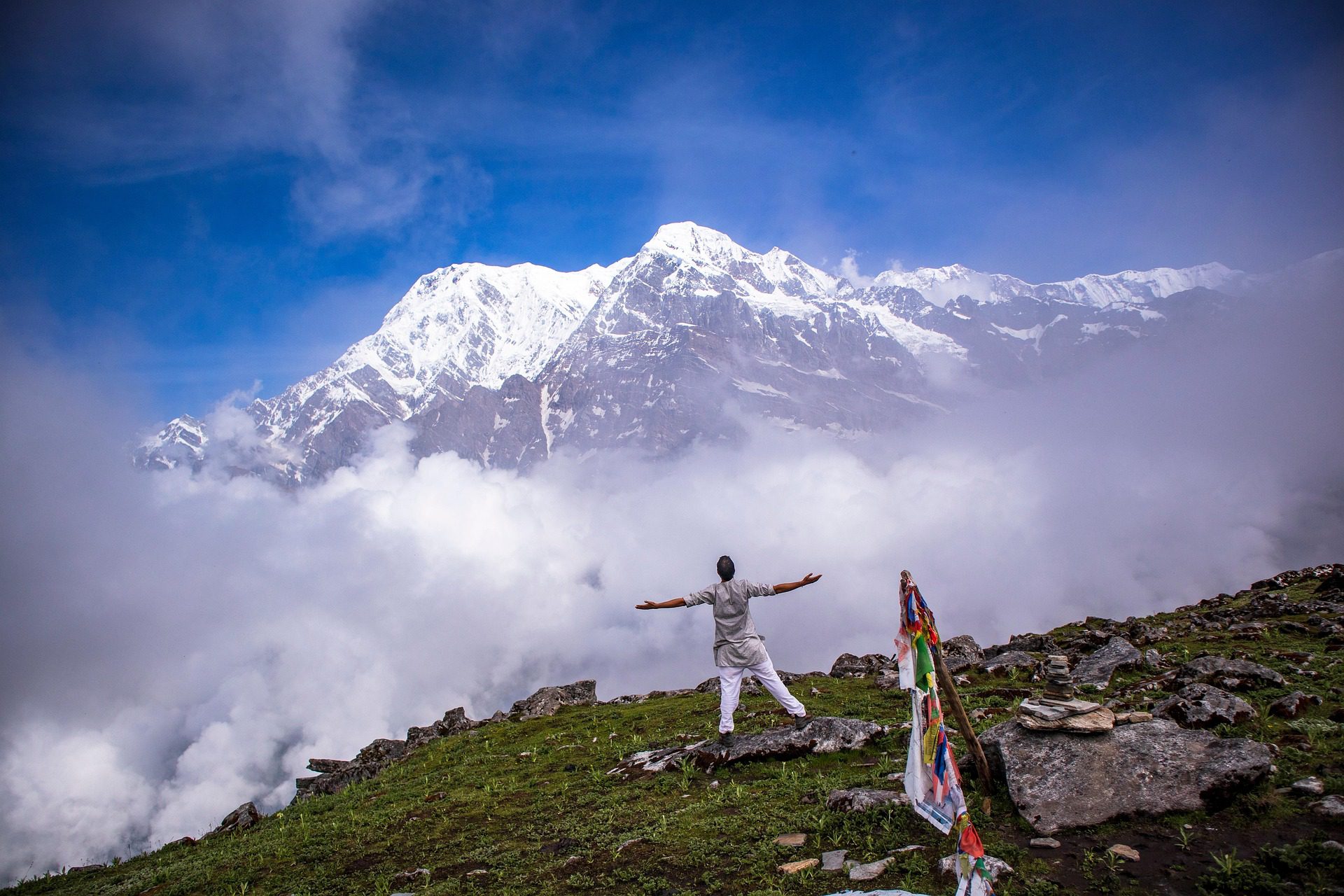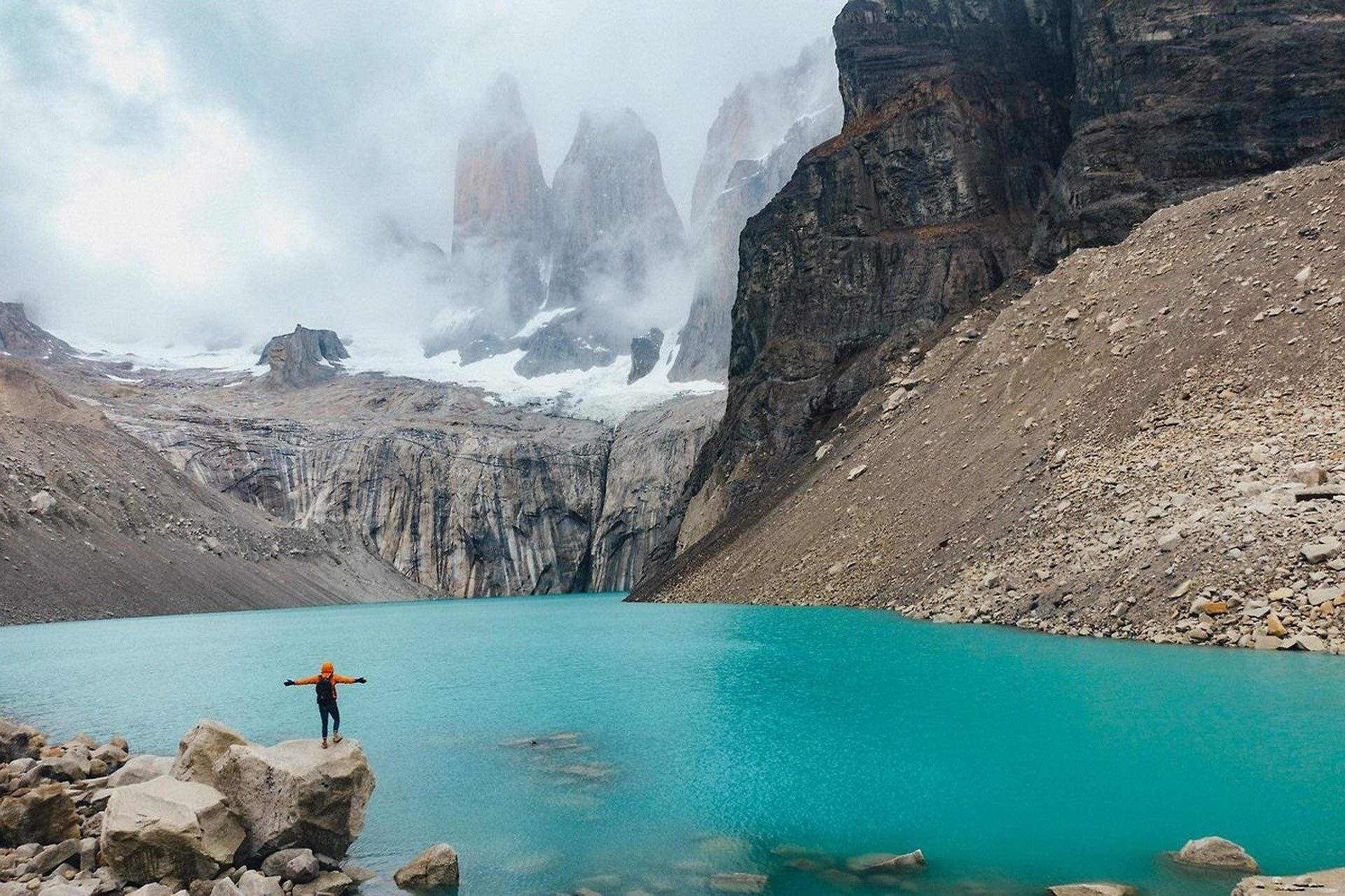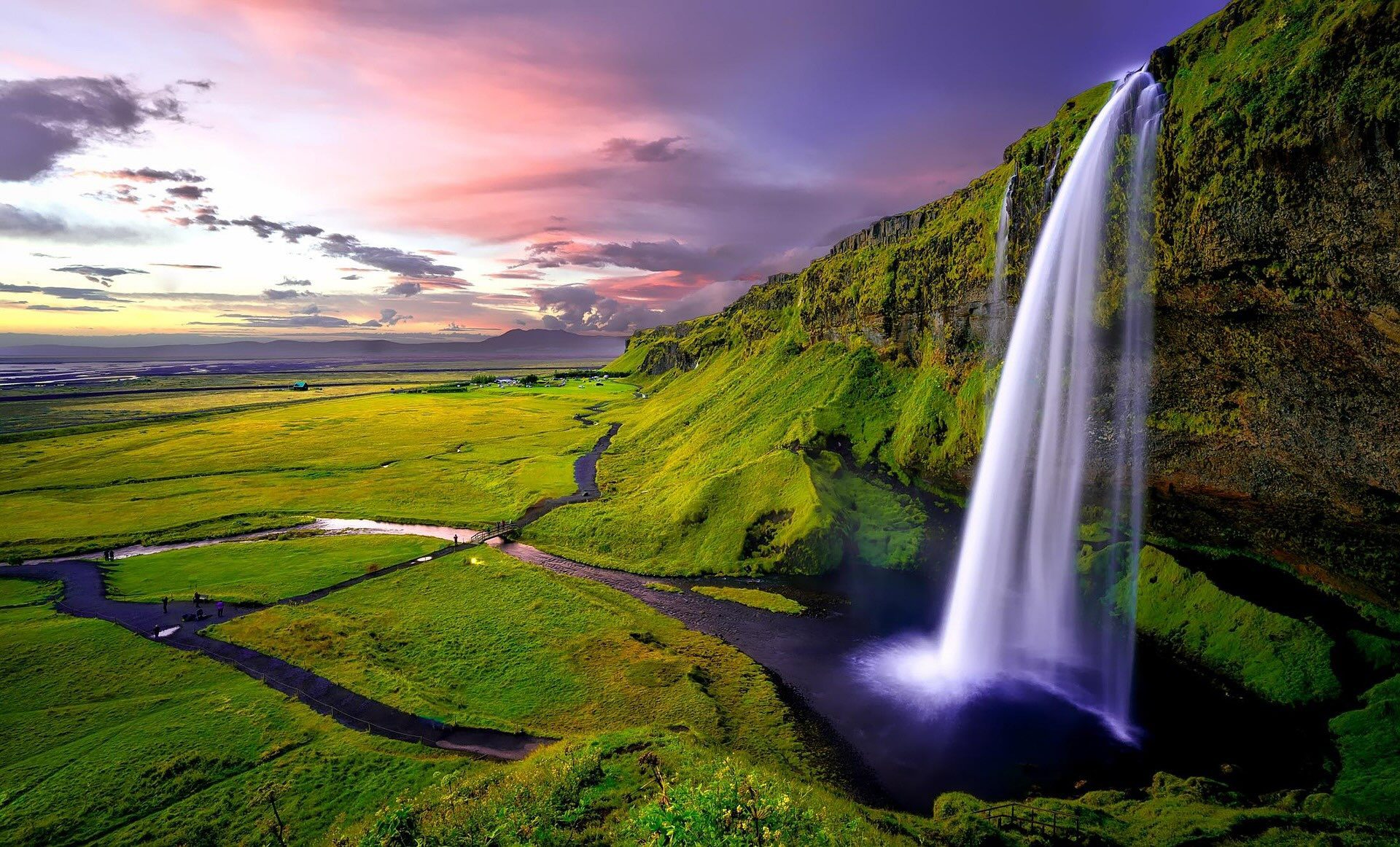Top 10 Things To Do In Easter Island
One of the world’s greatest mysteries, a visit to Easter Island is an exercise for the eyes as it is an exercise for the soul. How and why could a primitive culture, living for centuries in complete isolation, erect nearly 1,000 giant monolithic statues known as moai? How did it all end and what lessons must we learn from this tragedy? A worthwhile stop on any South Pacific or South American voyage, here are the top 10 things to do in Easter Island!
10. Align with the Stars at Ahu Akivi
One of the few ahu (temples) where moai statues face out to sea, Ahu Akivi’s seven somewhat symmetrical moai statues are not only of great beauty but also of great mystery. Linked by some islanders to an ancient legend in which seven “scouts” were sent by future King Hotu Matua to investigate the island ahead of the challenging sea voyage, what is of absolute certainty is that the seven moai were strategically positioned to face the sunset during the spring equinox and have their backs to the sunrise during the autumn equinox. This astronomical positioning provided islanders with a celestial calendar for understanding the changing of the seasons, an important aspect in agriculture for which this particular area was known for.
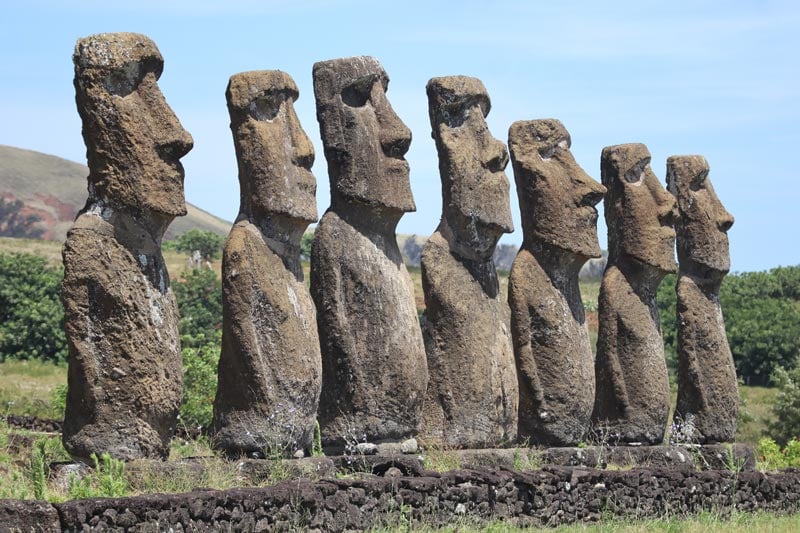
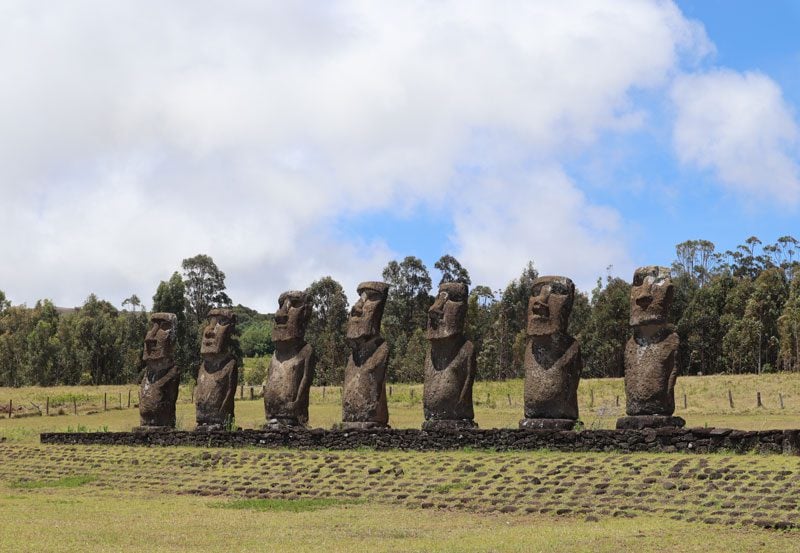
9. Search for Petroglyphs in Caves
“Under the hood,” Easter Island resembles a chunk of Swiss cheese, with miles of lava tubes and caves formed by ancient eruptions and millennia of eroding rainfall. The Rapanui used these caves for dwelling, either to escape the battering winds or to escape slavery and death by rival tribes during the civil war. The most accessible cave for visitors is known as the “cannibal cave” just outside Hanga Roa, where incredible petroglyphs can still be seen.
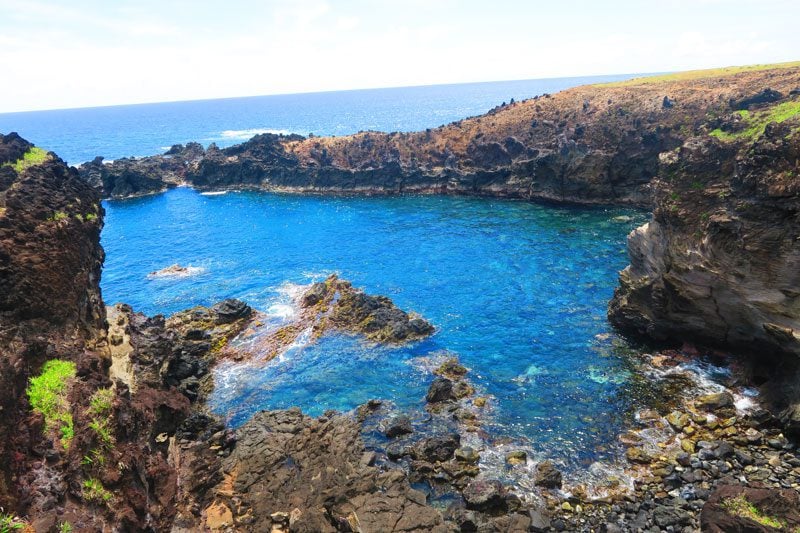
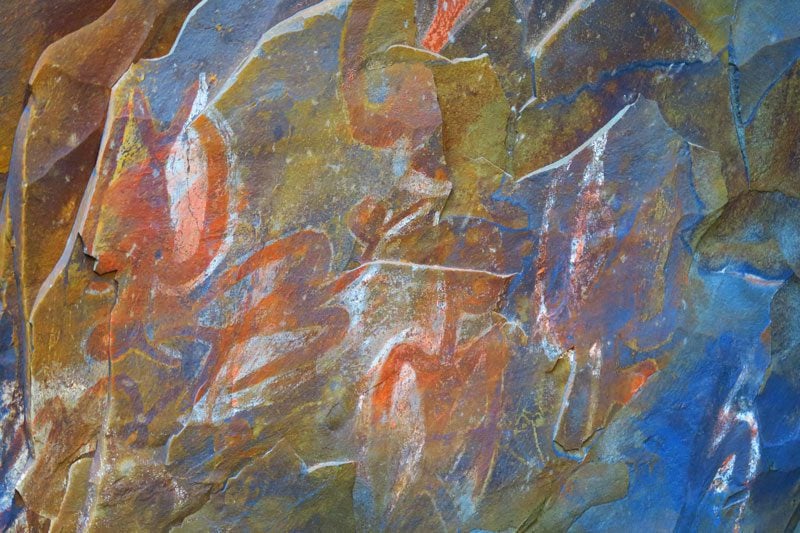
8. Hike or Ride a Horse to Remote Spots
The better half of Easter Island is pretty much off-limits to cars but, even better, to tourist buses. Hikers can enjoy short walks or more challenging ones such as the northern coast walk or a hike in the Poike peninsula, while those who enjoy horseback riding can join short or full-day tours and explore the countryside. The island’s remote sections are home to several forgotten temples and breathtaking coastal scenery.
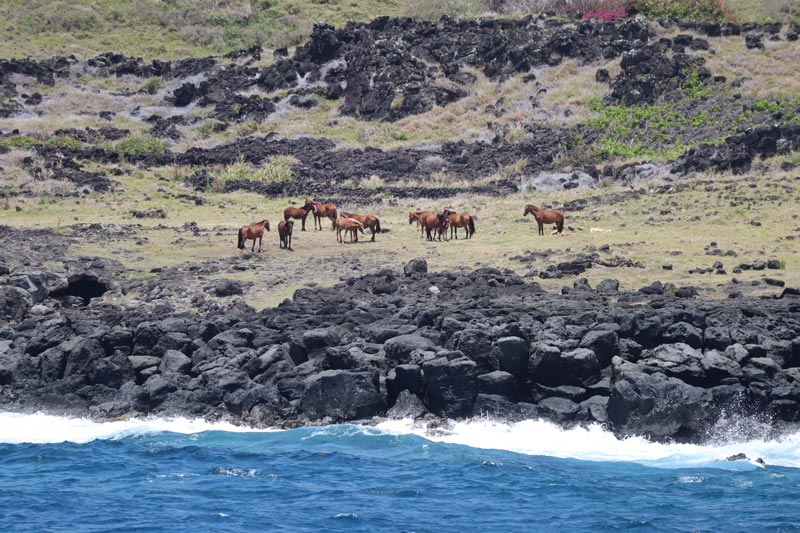
7. Catch the Sunset at Ahu Tahai
The prime location for catching the sunset on Easter Island, Ahu Tahai is actually a complex of three temples and used to be the village for one of the island’s most prominent tribes. Evidence of village life is still around – chicken enclosures and platforms of ancient homes – but the main attractions here are the moai, including the only moai on Easter Island to be fully restored – complete with the reddish pukao topknot and coral eyes, which are believed to have embraced the moai with mana (supernatural power).
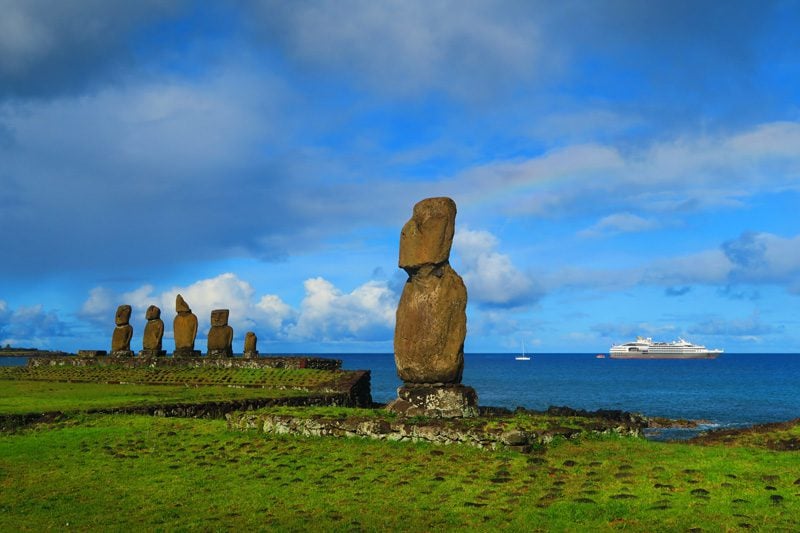
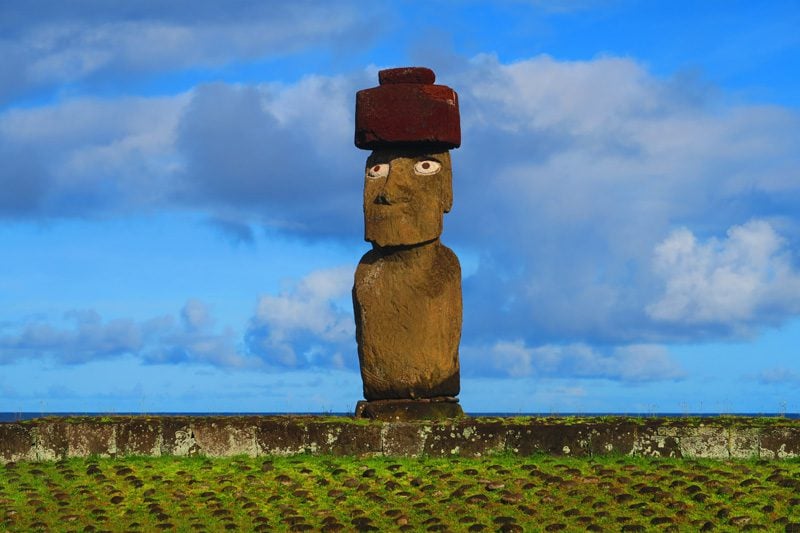
6. Chill in Anakena Beach
It’s no wonder why the first king of Easter Island – Hotu Matua – chose Anakena as his initial base, as this is the finest beach on Easter Island, with a beautiful patch of white (and pink) sand fringed by palm trees. Anakena Beach is also home to Ahu Nau Nau, an impressive temple whose moai statues were preserved for centuries by the soft sand that covered them. While the water temperature is a bit chilly for this part of the globe, Anakena Beach makes for a great picnic spot or for just killing a few hours under the sun.
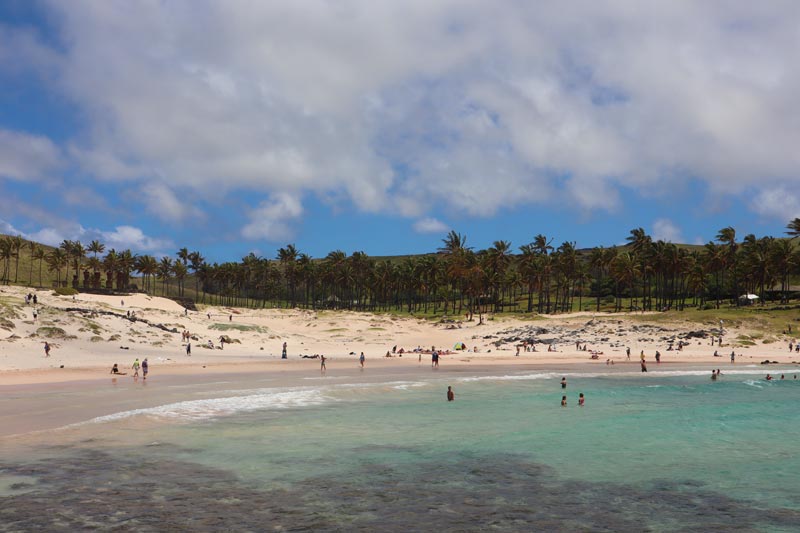
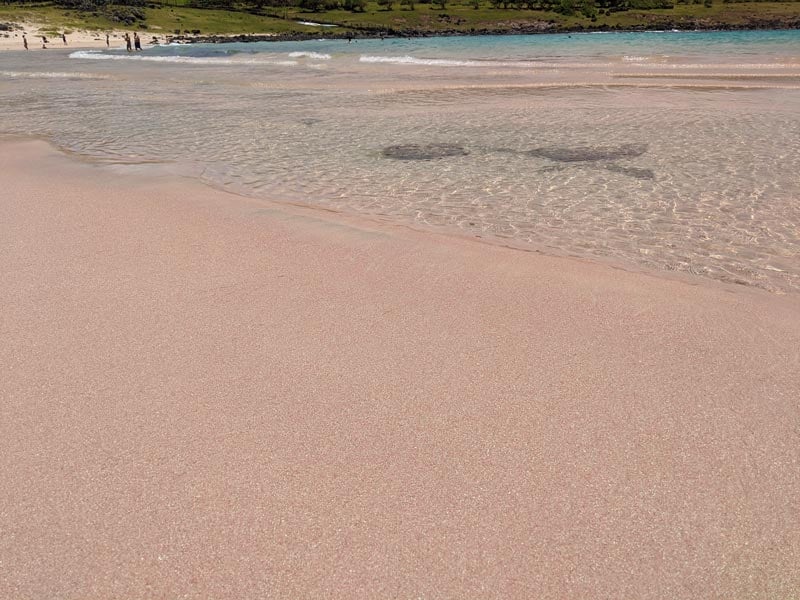
5. Admire the Views from Rano Kau
The most striking natural feature on Easter Island, Rano Kau is a dormant volcano whose immense crater forms a freshwater lake measuring 10 meters deep. Shielded from the ever-present winds blowing off the nearby coast, the crater’s interior enjoys a unique microclimate where patches of unique reeds blanket parts of the lake’s surface. From the Rano Kau lookout, you can walk along sections of its crater rim for views of Orongo Village in the distance and the lonely offshore motus rising from the depths. On a clear day, you can even extend your view to Mount Tervaka and Poike – the other two “corners” of the triangle that form Easter Island.
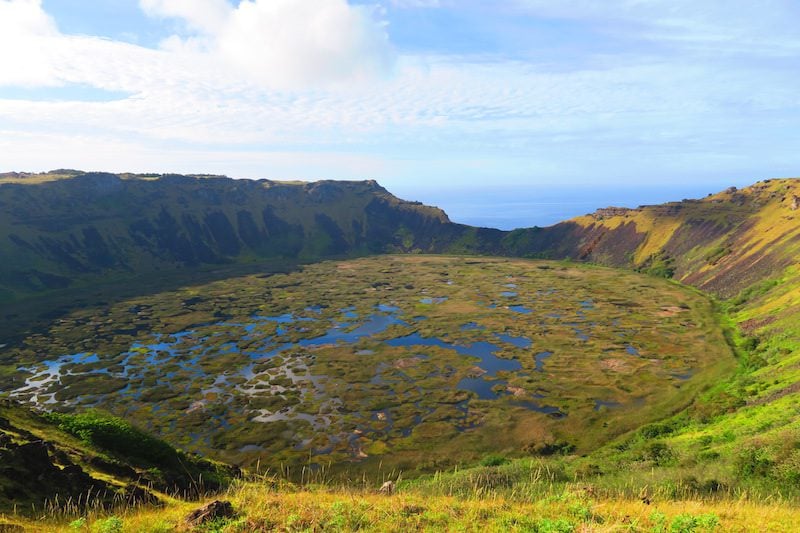
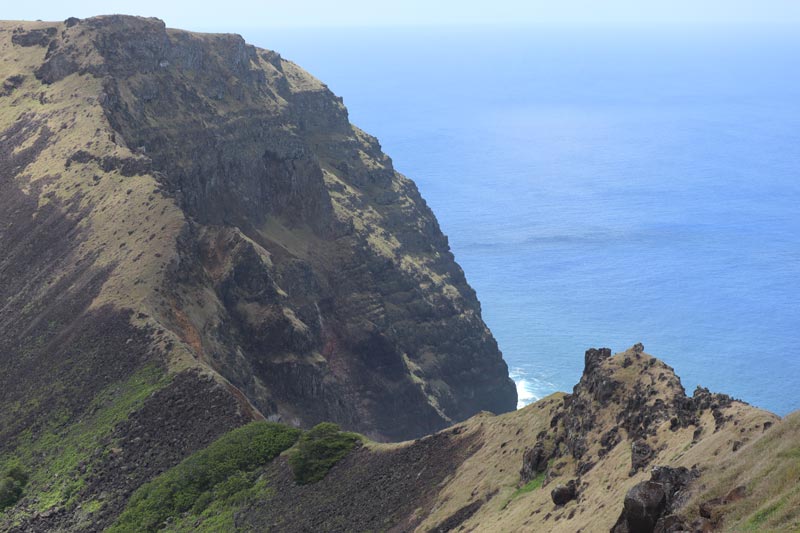
4. Look for the Birdman in Orongo Village
Orongo’s dramatic location is enough to blow your mind, but the allure of the bizarre religious ritual that took place here up until 1868 is what makes this spot so unique. Located on the southwestern slope of Rano Kau in a narrow strip wedged between the edge of the crater and the ocean, 54 oval-shaped stone houses make up the ancient village. Orongo was the site of the Birdman competition, in which athletes from rival clans competed for supreme rule over the island as representatives of the god Make Make. This involved swimming across shark-infested waters, lots of waiting, and returning back with the first egg laid by the sooty tern bird. Evidence of the religious obsession with the birdman cult is all over the place, with nearly 2,000 petroglyphs scattered around the village.
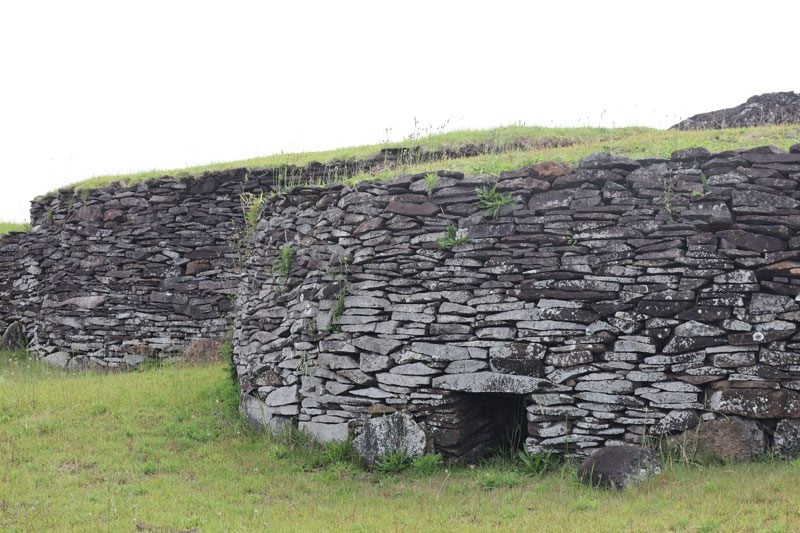
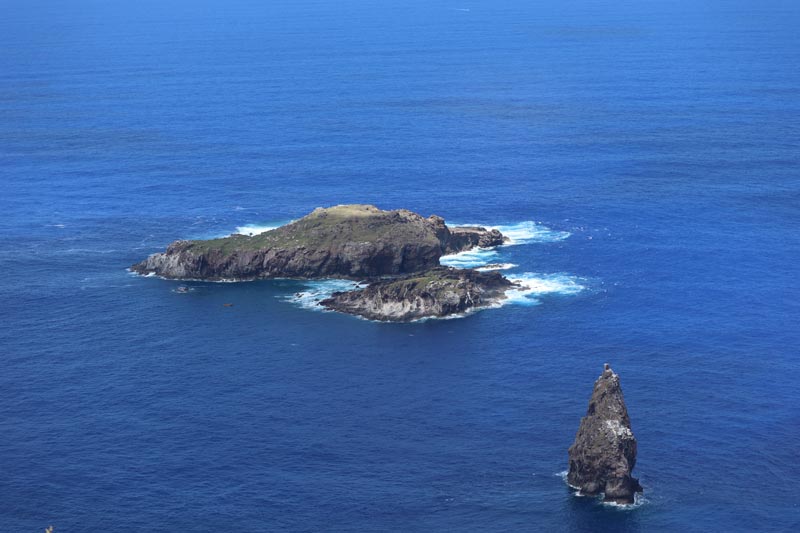
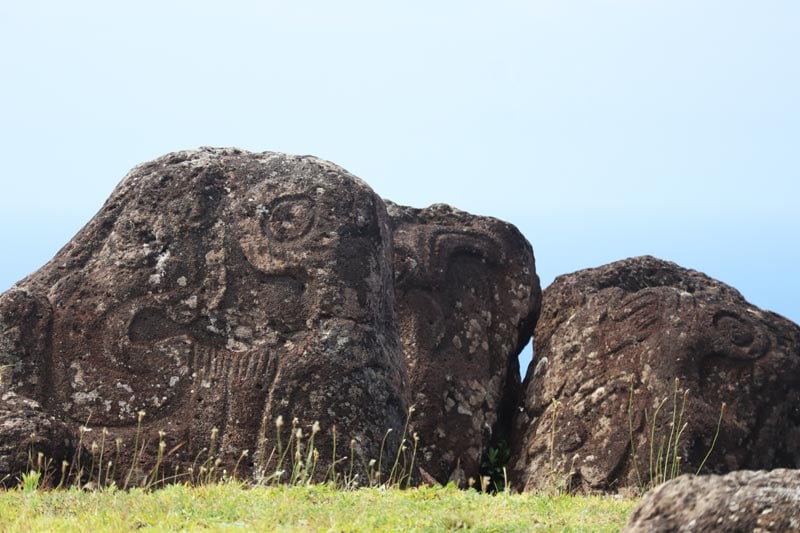
3. Attend a Rapanui Cultural Dance Show
If you’re visiting Easter Island during the February Tapati Festival, you’ll get more than your fair share of Rapanui culture, but if visiting outside festival season, be sure to attend an evening dance show. At present, the finest show is put on by the Kari Kari dance group who hosts shows several times per week in Hanga Roa. Mixing Tahitian and Rapanui dances to the sound of beating drums accompanied by ukulele and the occasional conch shell horn, do not miss this unique show! Here’s a sneak peek.
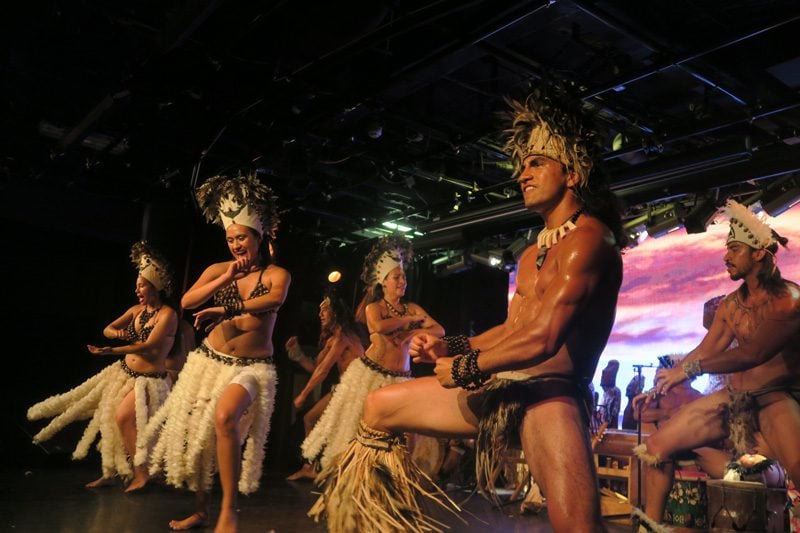
2. Catch the Sunrise at Ahu Tongariki
Of all the 300 temples on Easter Island, none are more majestic than Ahu Tongariki. Fifteen moai, the heaviest of which weighs 88 tons, adorn a stone platform spanning 160 meters. It is hard to fathom how the Rapanui could raise these monolithic beasts, especially since mighty cranes were needed in the restoration of Ahu Tongariki by the Japanese in 1994, followed by the 1960 tsunami that displaced the moai. Ahu Tongariki is the best spot on Easter Island for watching the sunrise, and it is one of the iconic images of Easter Island.
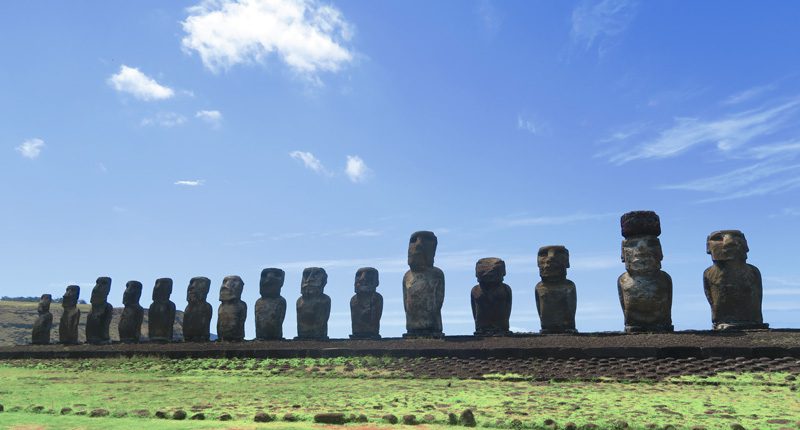
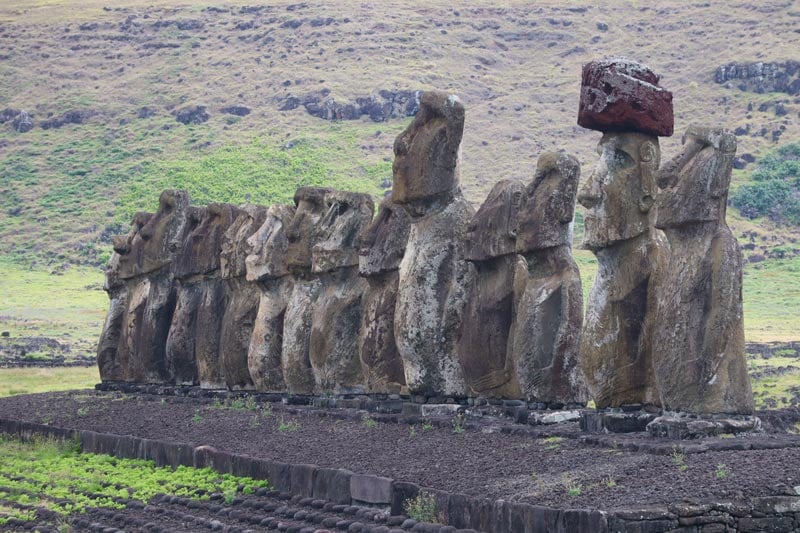
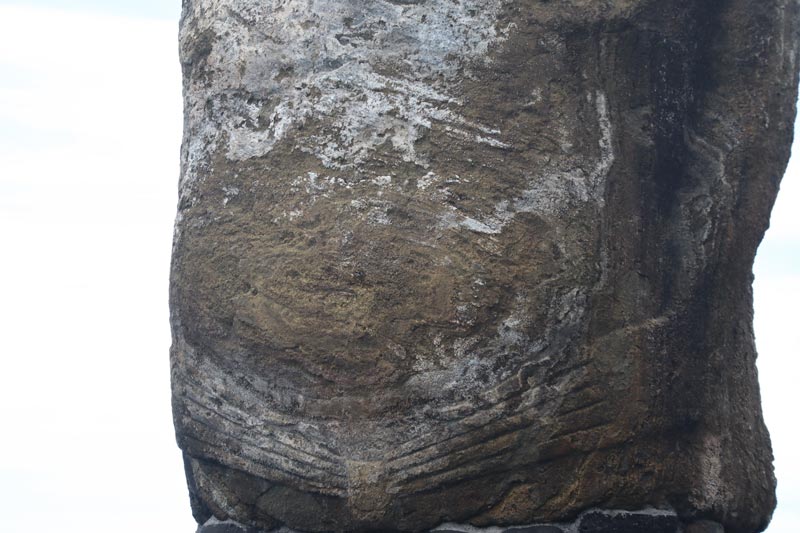
1. Visit the “Moai Factory” at Rano Raraku
Nearly 1,000 moai were carved on Easter Island, and 95% came from the quarry at Rano Raraku. Nearly 400 unfinished statues in various stages of completion are found along the slope of the crater, either damaged during early stages of transport to the various ahu or simply left abandoned by “the last shift”. The largest is known as “the giant”, measuring 22 meters high and weighing as much as a Boeing 737! The visit to Rano Raraku is very thought-provoking. It is here that you can picture and almost hear the competing tribes hammering away for about two years until the finished moai could be lowered down and prepared for transport and feel what must have been a shocking decision to leave everything behind and end centuries of monolithic mastery.
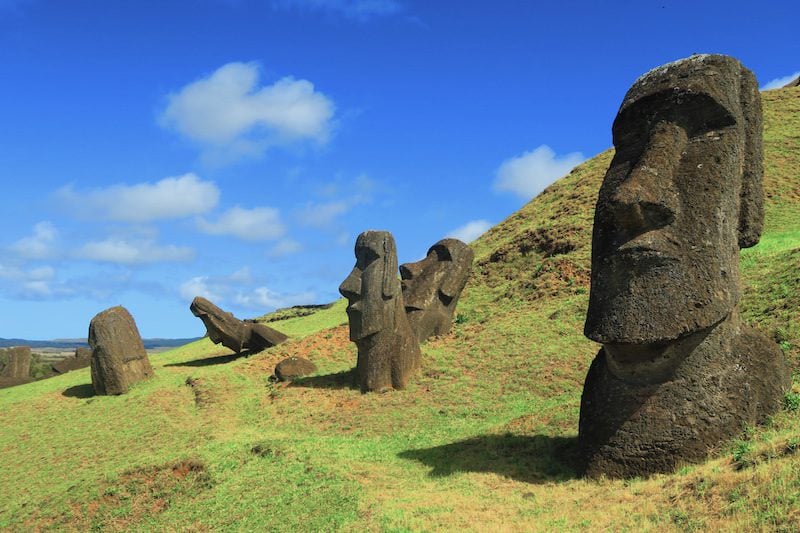
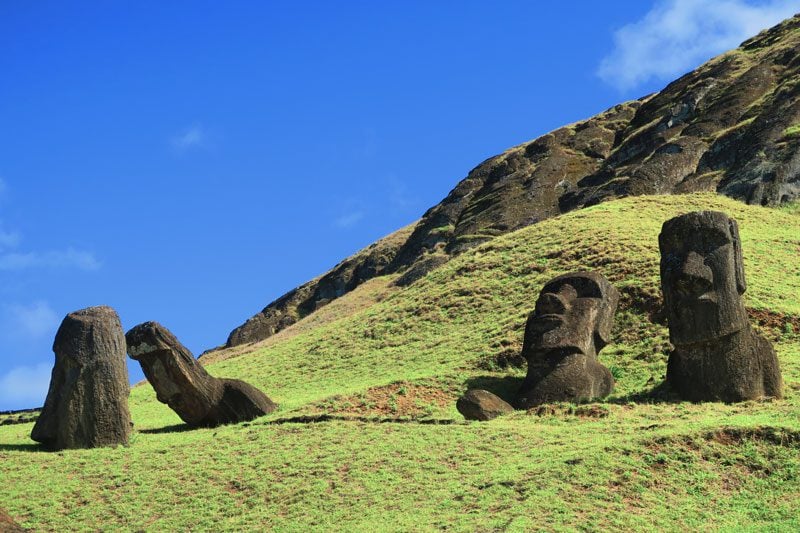
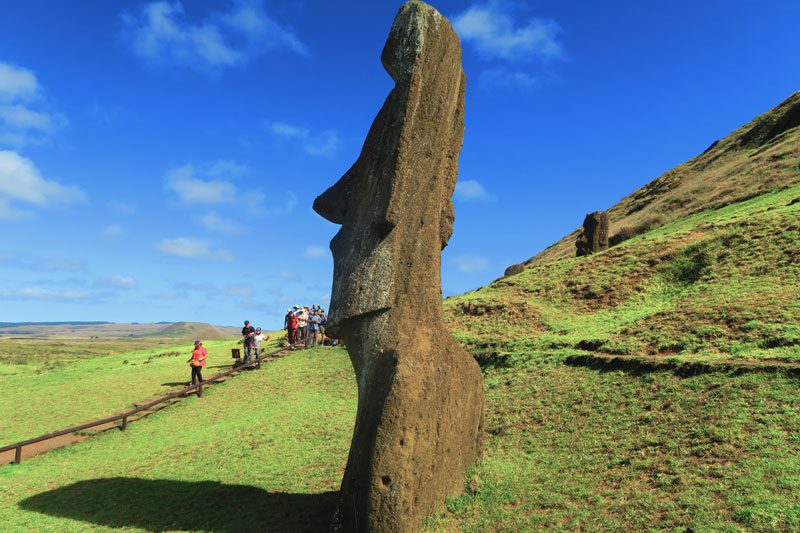
Bonus!
Visiting Easter Island on a Sunday? Be sure to rise early and grab a seat at the local Catholic Church in Hanga Roa for a colorful church service that blends both Christian and indigenous Rapa Nui motives!
What’s Next?
Now that you know the top things to do in Easter Island, it’s time to shape your own visit to Easter Island. Check out these additional resources and start planning!
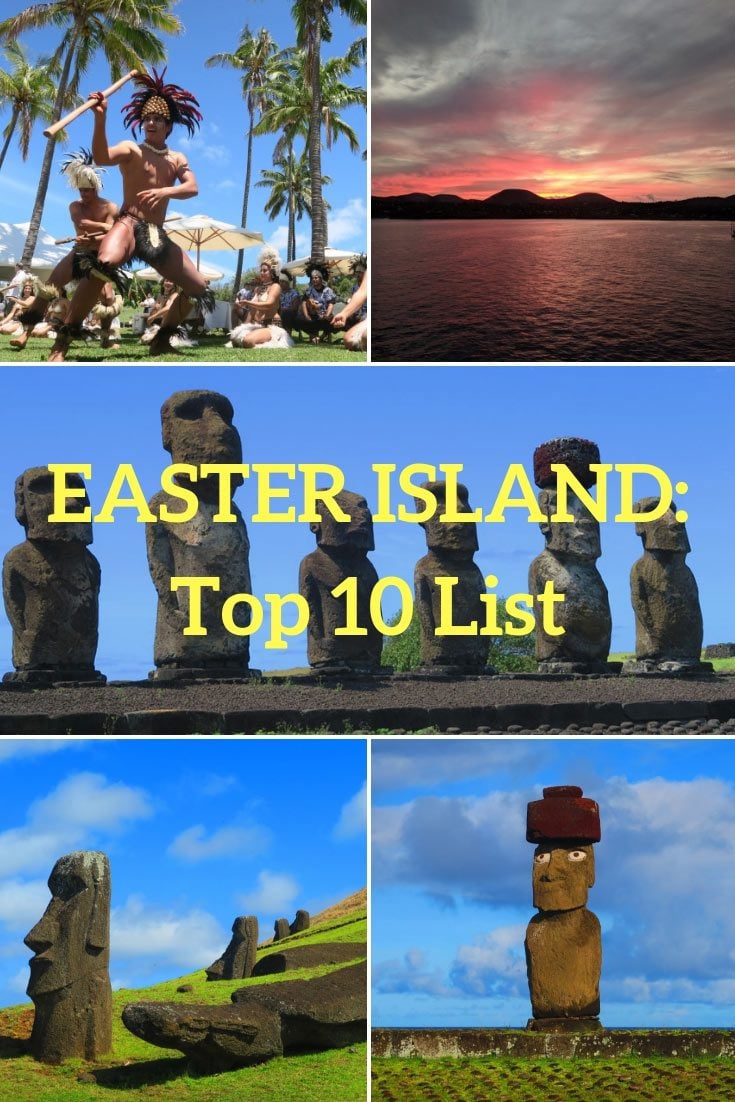
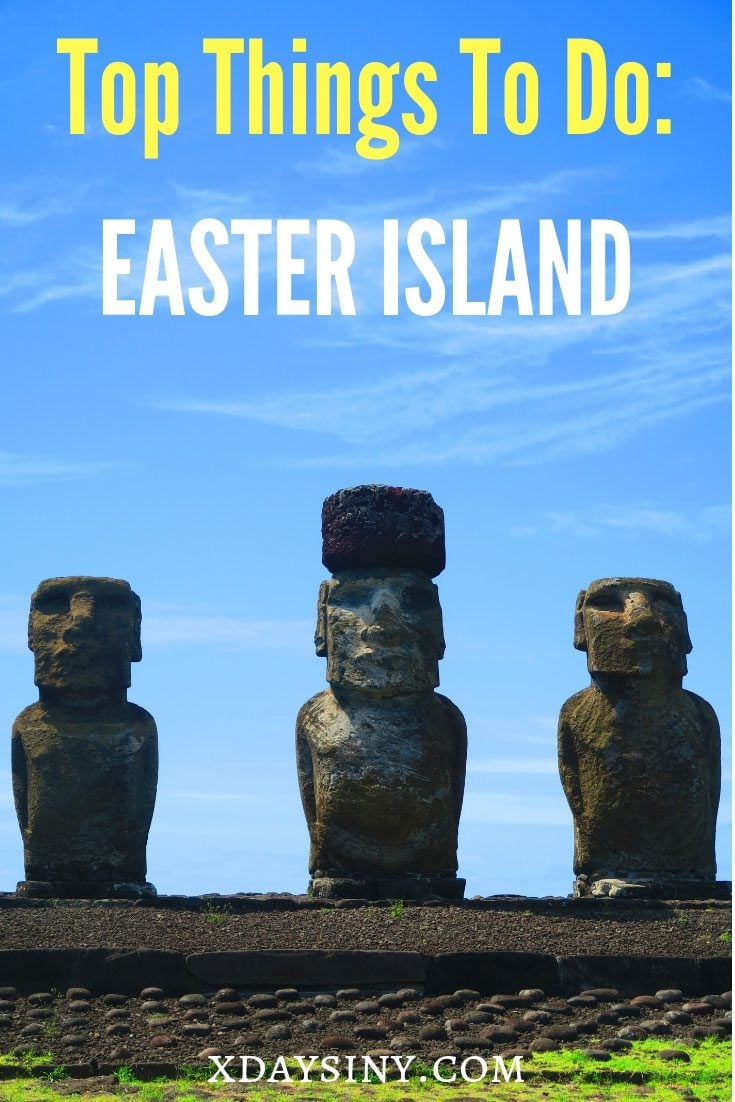
Pin These Images To Your Favorite Boards!
